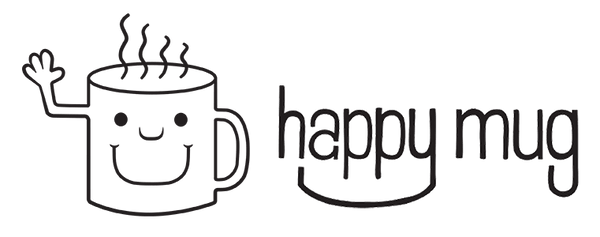The most common brand/region is Mandheling which just means it was grown by the Mandheling people, anywhere on the island, but most commonly in the middle and southern areas. The Gayo people also grow coffee, and mostly live in the northern area of the island, and often with better results. The Batak people also live in the northern part of the island and are well respected for their coffee harvest.
- Decaf Sumatra (EA Process)
- Decaf Sumatra (MC Process)
- Decaf Sumatra (Swiss Water Process)
- Sumatra Aceh Gold
- Sumatra Aceh KKGO
- Sumatra Aceh Takengon
- Sumatra Aged Blue Batak
- Sumatra Blue Batak
- Sumatra Blue Gayo
- Sumatra Boru Batak
- Sumatra Gayo Leuser Antara
- Sumatra Gayo Lues Natural
- Sumatra Gayo Natural
- Sumatra Gayo Washed
- Sumatra Harapan Bersama
- Sumatra Kerinci
- Sumatra Kerinci Honey
- Sumatra La Minita Iskandar
- Sumatra Lintong Karo Highlands
- Sumatra Mandheling Aged
- Sumatra Mandheling Aged 3 Year
- Sumatra Mandheling RFA
- Sumatra Samosir Island
- Sumatra Takengon
- Sumatra Wahana Natural


